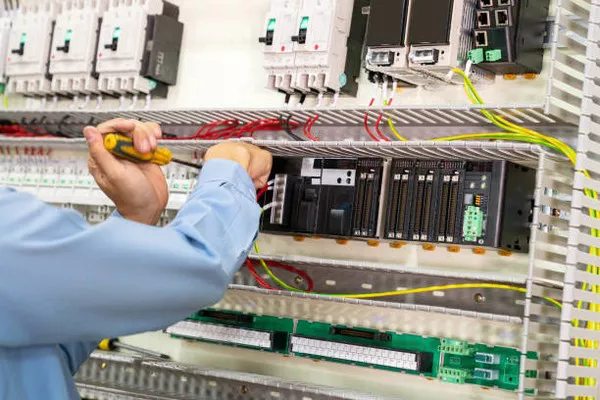Substations are crucial components of the power grid, serving as vital intermediaries between power generation and distribution. At the heart of these facilities are transformers, which play a fundamental role in ensuring efficient and reliable electricity supply. Transformers in substations come in various types, each designed for specific applications and operational requirements. This article explores the different types of transformers used in substations and their critical functions in the power grid.
The Role of Substations in the Power Grid
Substations are essential links in the electricity supply chain, responsible for transforming voltage levels and distributing electrical energy to homes, businesses, and industries. These facilities serve as control centers, switching points, and voltage conversion hubs, allowing electricity to travel over long distances with minimal losses and ensuring that it meets the requirements of end-users.
Transformers in substations are the cornerstone of this process, enabling the safe and efficient transmission of electricity at varying voltage levels. These devices perform two primary functions: stepping up voltage for long-distance transmission and stepping down voltage for local distribution.
Power Transformers
Power transformers are the workhorses of substations, responsible for voltage conversion and ensuring the efficient transmission of electricity across the power grid. They can step up voltage levels for long-distance transmission or step down voltage levels for local distribution. Power transformers are available in various sizes and voltage ratings, making them adaptable to a wide range of applications.
These transformers consist of a primary winding and a secondary winding wound around a magnetic core. When an alternating current (AC) voltage is applied to the primary winding, it induces a magnetic field in the core, which, in turn, creates a voltage in the secondary winding. The ratio of turns between the primary and secondary windings determines the voltage transformation ratio.
Power transformers are crucial for grid stability and ensuring the efficient flow of electricity. Their design and construction are tailored to specific voltage requirements, making them a versatile and essential component of substations.
Distribution Transformers
Distribution transformers are found at the distribution level of the power grid, typically closer to the end-users. These transformers step down the high-voltage electricity from power lines to the lower voltages used by homes and businesses. They play a vital role in ensuring that electricity is safe and suitable for use in residential and commercial applications.
Distribution transformers come in various configurations, including pole-mounted, pad-mounted, and underground designs. They are compact and designed for minimal maintenance, making them ideal for deployment in urban and suburban areas. Distribution transformers are critical for providing reliable power to communities and businesses while reducing the risk of voltage fluctuations and overloads.
Instrument Transformers
Instrument transformers are specialized transformers used in substations to provide accurate measurements of current and voltage. They are essential for monitoring and control systems within the substation. There are two primary types of instrument transformers:
a. Current Transformers (CTs): These transformers are used to measure current levels in the substation. CTs are connected in series with the circuit they monitor, and they step down the current to a level that can be safely measured by instruments.
b. Voltage Transformers (VTs), also known as Potential Transformers (PTs): VTs are employed to measure voltage levels within the substation. They are connected in parallel with the circuit and provide a reduced voltage output for measurement and protection purposes.
Instrument transformers are essential for relaying accurate data to substation monitoring and control systems, ensuring that operators have real-time information about the state of the electrical system.
Auto-Transformers
Auto-transformers are a special type of transformer that combines features of both power transformers and distribution transformers. They have a single winding with multiple taps, allowing them to step up or step down voltage within a specific range. Auto-transformers are often used in situations where a modest voltage adjustment is required, such as in industrial processes or within the substation itself.
These transformers are more efficient and cost-effective than conventional two-winding transformers when a small voltage change is needed. Auto-transformers are also used in situations where space constraints are a concern, as they tend to be more compact than equivalent dual-winding transformers.
Conclusion
Substation transformers are indispensable components of the power grid, serving a multitude of functions that ensure the efficient and reliable distribution of electrical energy. Power transformers, distribution transformers, instrument transformers, and auto-transformers each have their unique roles in facilitating voltage conversion, ensuring accuracy in monitoring, and maintaining grid stability. Understanding the types of transformers used in substations and their functions is essential for those involved in the power industry and for the general public to appreciate the complexity of the system that keeps the lights on in our homes and powers our industries.

